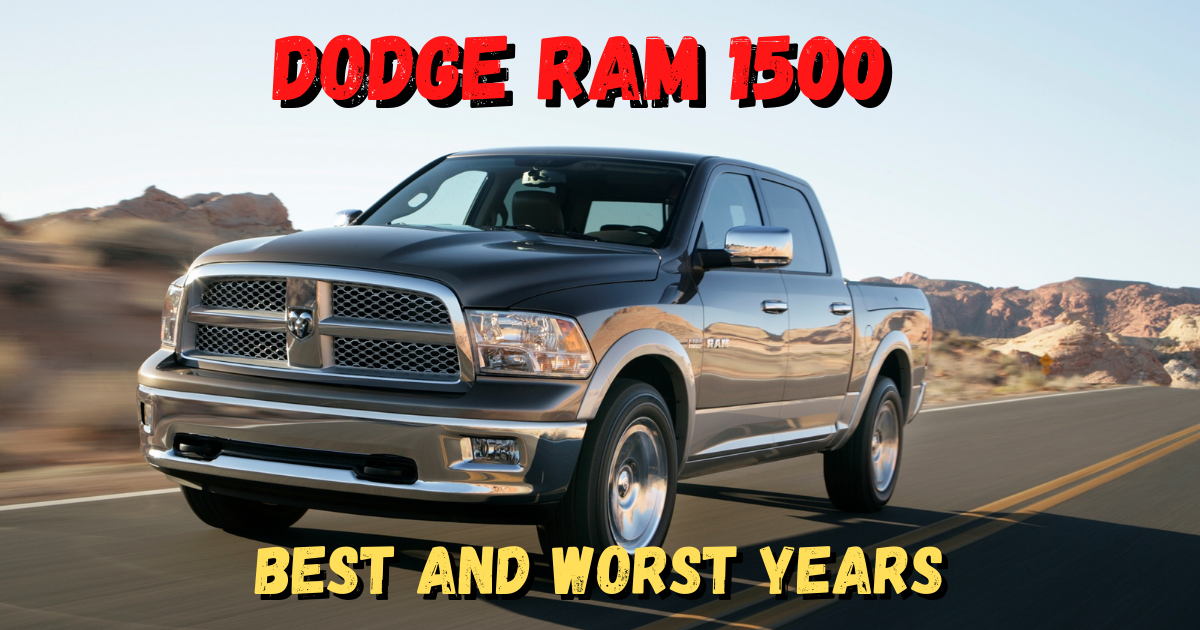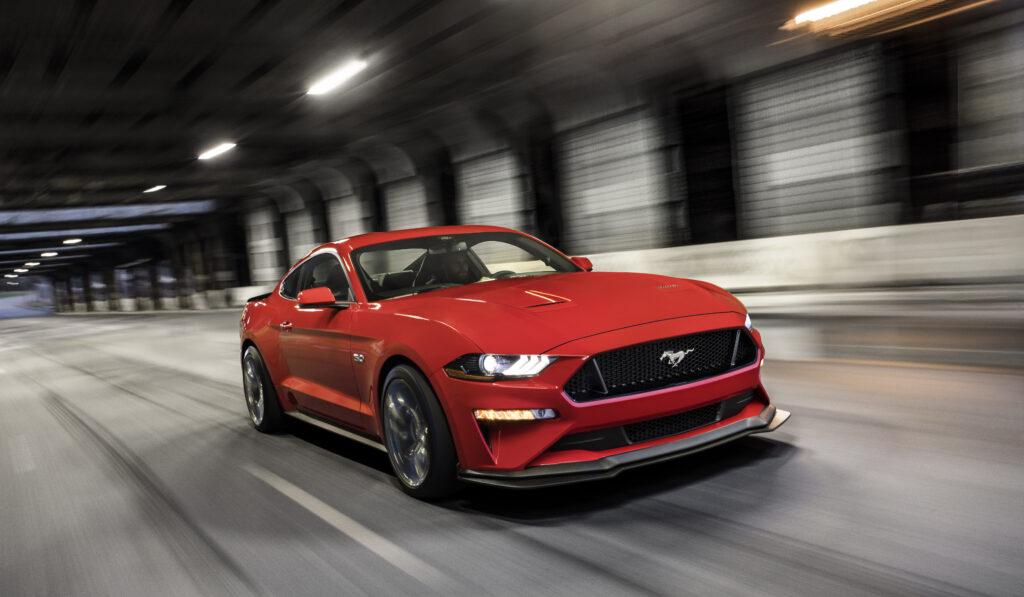
Ford Mustang is an excellent addition to the elegant car lines. Ford has developed various models which were best than the previous ones. They have excellent reliability and are the most powerful ones. But every development has its ups and downs.
To elaborate, we have compiled a list of the best and worst years of the Ford Mustang, which will provide a complete guideline regarding their performance.
Best Years Of Ford Mustang
Over the years, Ford has made a lot of fantastic Mustangs. Although there were notable variations between years, there were also notable models.
The best ford mustang years are as follows:
1- Ford Mustang 2021
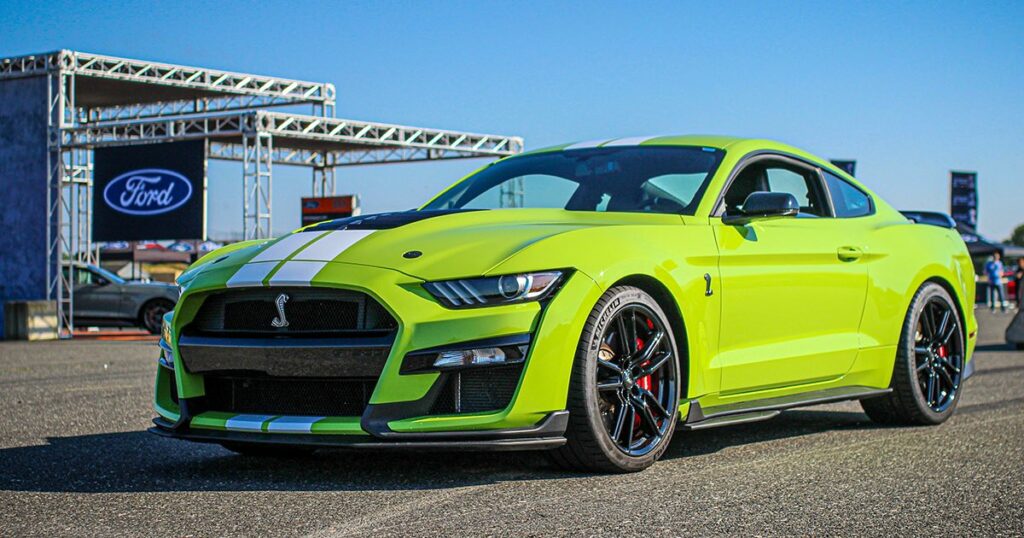
The 2021 Mustang received 76 out of 100 consumer reports, so let’s start there. Evaluation is based on how well something performs; this should consider safety ratings.
The 2021 Mustang has an expert rating of 7.9 out of 10 from Edmunds. Positive feedback from customers averages out to 4.5 stars or a nine on a 10-point scale. The driving sensation, transmission, upholstery, and other factors are all considered while compiling the ratings.
The 2021 Mustang receives an incredible 8.8/10 from U.S. News in terms of overall rating and 9.3/10 in terms of safety. It scores a 9 out of 10 for its performance and a 7 out of 10 for its interior design.
The NHTSA gave the 2021 Mustang the same perfect score of five stars as the 2019 model. It received “good” ratings for front and rear collision protection from the Insurance Institute for Highway Safety.
Consumer Reports also recommended it. The 2021 Mustang has suddenly become a desirable commodity.
2- Ford Mustang 2020
The 2020 Ford Mustang competes for head-on with rivals like the Dodge Challenger and Chevrolet Camaro, and it offers a thrilling and powerful vehicle in five distinct model levels. The 2020 Fords are notable for their trims rather than their powerful V8 engines since each trim has its own set of unique characteristics.
The Shelby GT350 has a potent engine, but the EcoBoost and EcoBoost Premium are both quite capable. The 2020 model has many great features and choices that appeal to people who like muscle cars.
3- Ford Mustang 2019
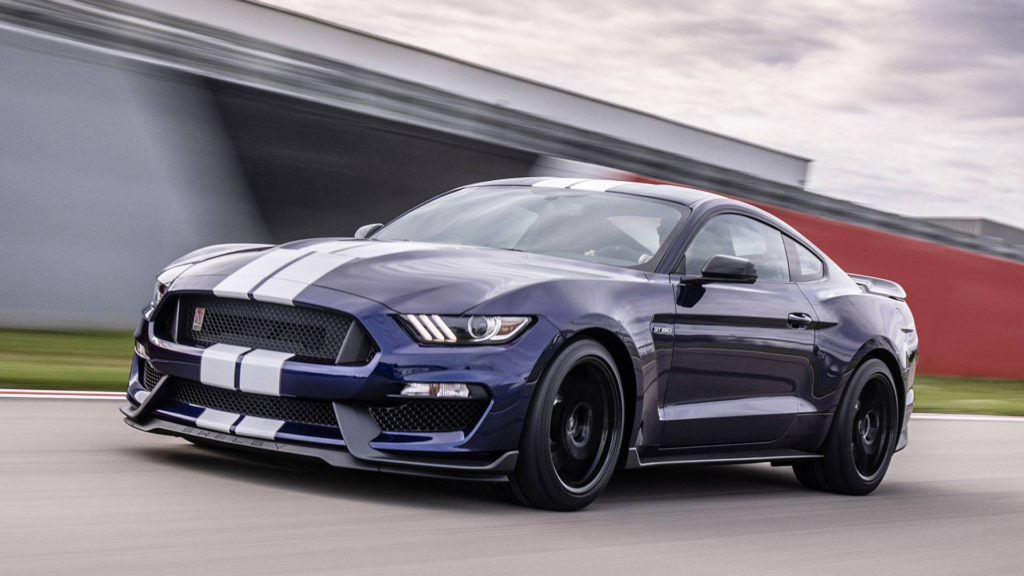
The 2019 Ford Mustang is the pinnacle of the Mustang line. Compared to earlier generations of the Ford Mustang, this one had very few recalls. If you’re looking for value at a reasonable price, this is an excellent choice.
This model’s V8 engine is far more potent than those seen in previous iterations. Its 460 horsepower and thunderous-sounding exhaust are guaranteed to make many of its rivals feel inadequate.
In addition to these three models, Ford released two more with even more customization choices, including one with a more potent engine that produces up to 480 hp.
4- Ford Mustang 2018

The 2018 Mustang’s four-cylinder and V8 engines produce impressive power, and the car exudes confidence on the road.
For this model year, the exterior design received a slight redesign, the powertrain was significantly upgraded in terms of reliability, and the V6 engine was deleted to make room for the 2.3-liter inline-four for the basic versions.
There was an increase in power and torque for the V8 model, and a new 10-speed auto gearbox was made accessible as an option. Active safety aids, a 12-inch digital instrument display, and adjustable suspension are some new features.
5- Ford Mustang 2017

With increased dependability compared to the 2016 model year, improved cornering grip, and a wide range of available powertrains, the 2017 Mustang is yet another excellent option.
The only changes made to this model were to the look of the 19-inch Ebony Black alloy wheels included in the Black Accent package and the elimination of various color options.
Lightning Blue, White Platinum Metallic Tri-coat, and Grabber Blue have taken over for Competition Orange, Deep Impact Blue, and Guard.
6- Ford Mustang 2014

The 2014 model offers little change from the previous year regarding technical specifications. Nonetheless, this version has an all-new convertible body style. This design is fantastic since it maintains the classic Mustang appearance while being modernized.
This model is available in several different iterations, each with their twist on the design. It’s a shame that production on the Boss 302 series was halted this year. While fewer models may be available, those still on the market give buyers a wide range of engine sizes and cabin style choices.
7- Ford Mustang 2012

The 2012 Ford Mustang adds a host of new amenities to the cars and makes several very nice ones standard throughout the model’s trim levels. The power steering settings are now customizable, which is the most significant new feature. This was the norm everywhere.
And speaking of standardization, Ford Mustangs now have antilock brakes across the board. The high-performance Boss 302 Mustang was also brought back thanks to this model.
8- Ford Mustang 2011
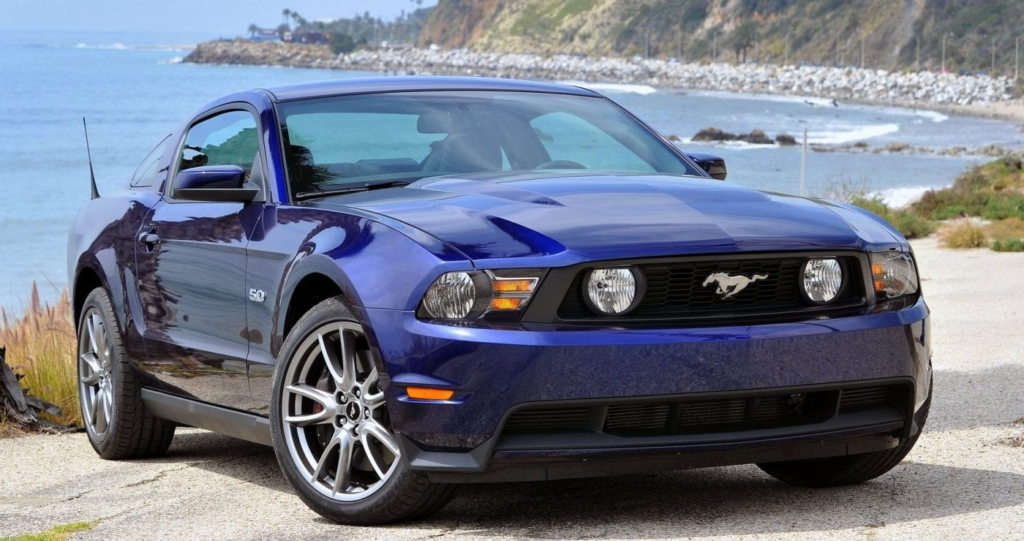
The 2011 Ford Mustang was a very exciting one. The model’s flexibility is arguably its most robust selling feature. There are V8 and V6 powertrain options available.
Furthermore, the GT and GT premium variants are available. Early shifting is the engine’s most noteworthy feature since it contributes to decent gas mileage. The increased versatility this provides for drivers is what makes this vehicle so affordable.
9- Ford Mustang 1967

The enlarged engine and modifications to the 1967 Ford Mustang GT Automatic variant to fit this bigger engine caught everyone by surprise.
Many people were worried that the vehicle’s performance would suffer because of the redesign and the larger engine. But this model disproved the skeptics.
The car could go from 0 to 60 mph in 7.3 seconds because of its new water-cooled V8 engine, capable of producing 390 horsepower. The new and better design didn’t just make driving safer; it also made the car steadier.
10- Ford Mustang 1965

The 1965 Ford Mustang was similar to its predecessor from the previous year. Subtle adjustments were made to the car’s general appearance, but they were met with minimal customer resistance. Since the vehicle’s design was generally praised, this was to be expected.
The car also kept the powerful engines for which Mustangs are known. Even though the vehicle’s interior was compromised to lower the price, it was still a viable option.
11- Ford Mustang 1964
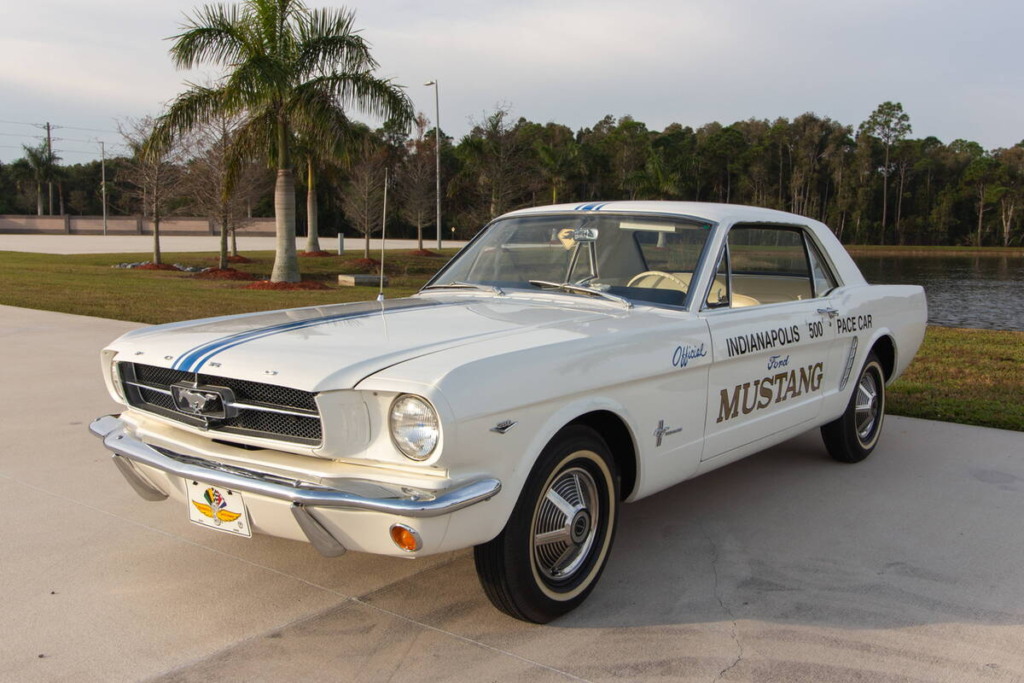
The specs and performance of older devices may have deteriorated over time. However, there are still some 1964 models that can be stacked today. The styling of this model makes it ideal for use as a classic car.
But that’s not everything terrific about it. This vehicle was ahead of its time with its 260-horsepower V8 engine.
Worst Years For Ford Mustang
Although Mustang has great models, some years was a complete failure:
1- Ford Mustang 2016

Ford’s image took a hit with the disastrous debut of the 2015 Mustang, and the company needed to make amends by introducing an improved version of the car the following year.
Although it improved the model-making process, it was not without its own set of issues. Almost all of these issues stemmed from the drivetrain, which caused irritating vibrations to the passengers. While driving, the engine would lose power and stall, and while idling, it would make a tapping noise.
2- Ford Mustang 2015
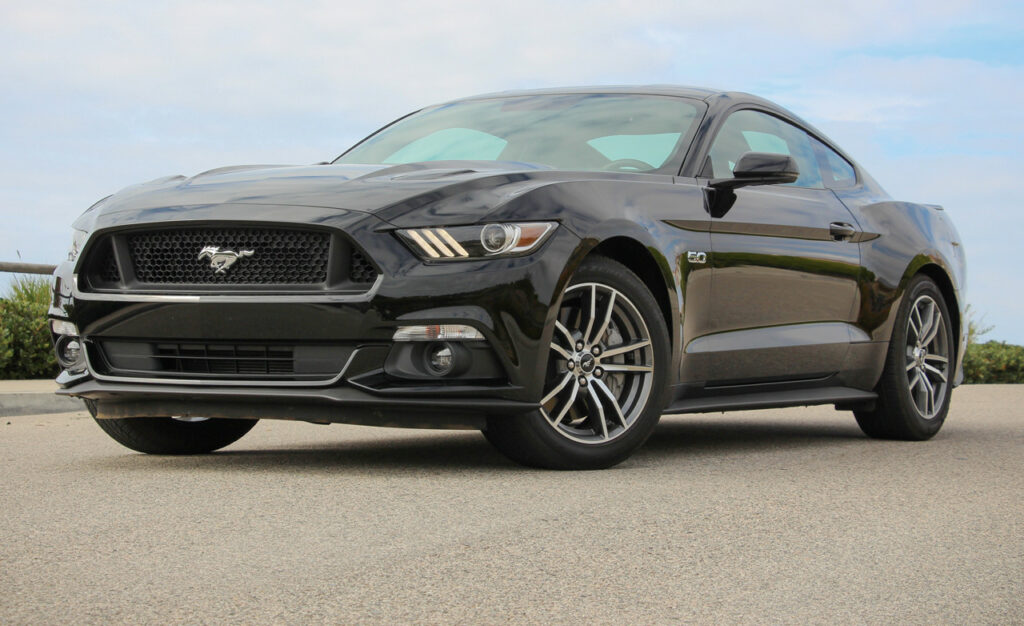
The 2015 Ford Mustang was an enhanced version of the previous one. It quickly became apparent, however, that it had many more flaws than the 2014 Mustang.
Multiple complaints were filed with the NHSTA about this model’s body, engine, and brakes, and seven recalls were issued because of issues such as doors opening while driving and oil leaking from the engine cooler.
Aside from the engine trembling and refusing to start, other problems included paint that bubbled and peeled, brakes that screeched when engaged, and frequent instances of premature brake wear.
3- Ford Mustang 2013
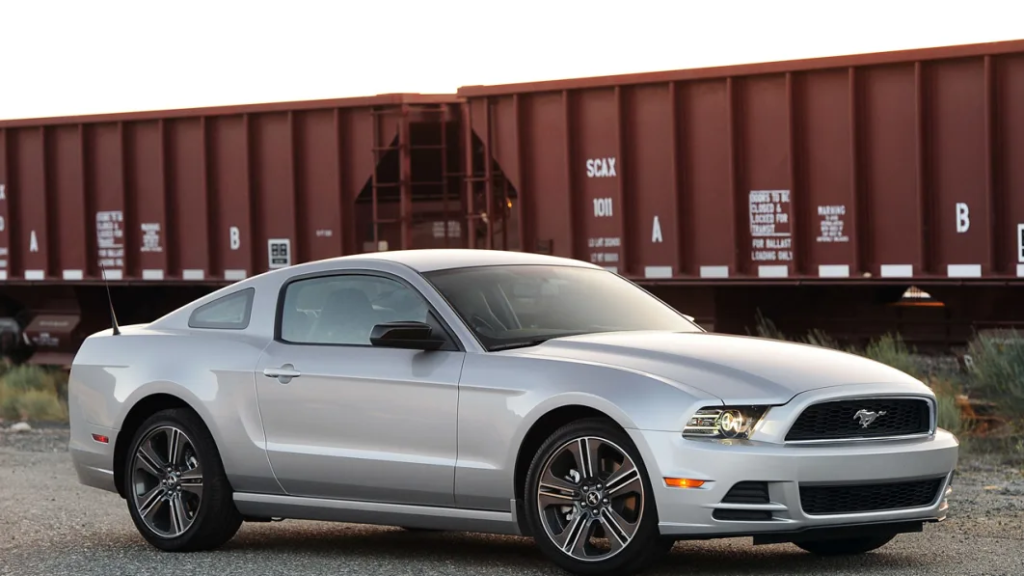
Many 2013 Mustang owners complained that Ford was taking too long to repair their vehicles after they were recalled for a Takata problem, just as they had done with the 2014 model year.
Many people also said that their paint was bubbling. There were 346 complaints on CarComplaints.com and 291 on CarProblemZoo.com about issues with the 2013 Mustang, including Paint bubbling and peeling, water pump failure, and throttle body failure.
4- Ford Mustang 2010

While we have noted body issues in the previous two versions, the 2010 Ford Mustang has received the most complaints for this topic. The paint flaked easily, and the hood rusted horribly.
Water would pool within the entrance during rainstorms and seep into the flooring, another design defect of the body. This model also had minor electrical and interior difficulties, such as the door panel peeling off or the seat control not working.
5- Ford Mustang 2007

Numerous complaints were lodged about the 2007 Ford Mustangs and their infamous Takata airbags that exploded and shot shrapnel.
Owners complained that the lengthy parts-ordering waits were ruining their lives. Problems with body paint and battery depletion were also widespread among these vehicles, leaving owners stranded. Further, the gearbox frequently failed at 65,000 miles, prompting several complaints.
6- Ford Mustang 2006

The 2006 Ford Mustang is the weakest and most problematic model in the company’s Mustang history.
Everything about this year’s model was problematic. There were electrical difficulties, body problems, and transmission failures. It would help if you stayed away from this model since it has every flaw.
In addition to the paint bubbling and peeling off, the car’s body often rusted. It was typical for the alternator to stop working, and the battery would discharge rapidly.
The engine was terrible, frequently causing the vehicle to stall when driving, tremble when idling, and speed up unexpectedly. There were a lot of clunking and transmission problems. A fault in the gasoline system meant that the tank never filled.
7- Ford Mustang 2005
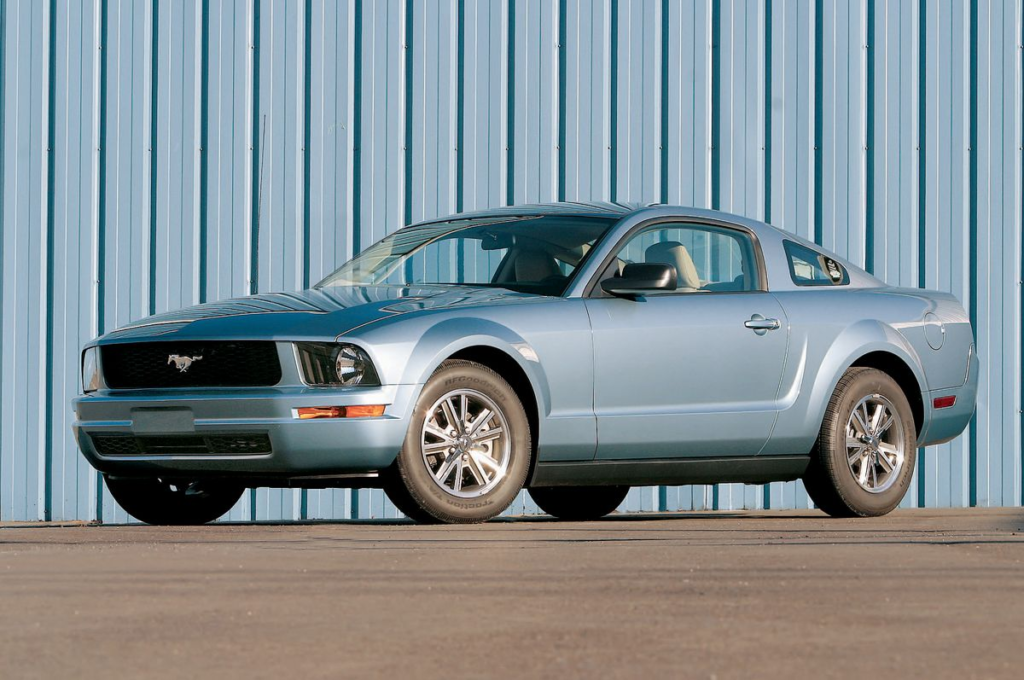
The 2005 Ford Mustang, the first of the 5th generation of the range, was responsible for many of the issues seen in the 2006 Mustang. There were fewer issues with this version than with 2006, which helped pave the way.
The engine wouldn’t turn over, the battery wouldn’t hold a charge, the dashboard gauges were inconsistent, and the alternator had died, to name a few electrical issues it had sent its way.
Rust would form under the paint, and water would seep onto the passenger floor, both of which were peculiarities of the car’s body.
8- Ford Mustang 2000
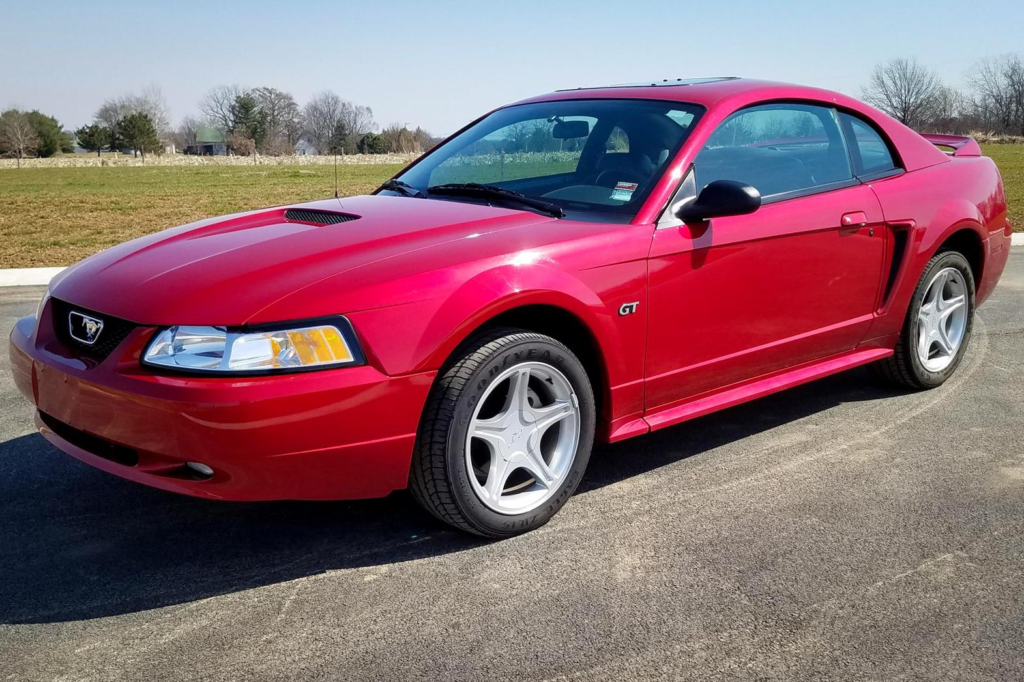
Driver stalling, engine overheating, oil leaking, and complete engine failure were just some of the powertrain and engine problems that 2000 Mustang owners experienced.
Take this word of one proud proprietor:
“The car’s engine overheated while I was driving it. The engine sent forth a cloud of steam. A Crack was found in the manifold at the thermostat housing connection. The engine has coolant spilling on it, and I’m unsure whether any internal parts are damaged.”
Found web research indicating that this model was subject to a recall and that Ford fixed the problem in later versions by switching to an aluminum manifold instead of a plastic one.
9- Ford Mustang 1999

The 1999 Ford Mustang was a significant upgrade over its predecessor, the 1974 model, with a more modern look and more power.
However, the spark plugs were this model’s primary source of failure. Ford failed to drill the threads deep enough, leading to sparkplugs that quickly fell out of the car.
The manual transmission had some problems, including shift slippage. The catalytic converter would quickly fail, and the exhaust would emit a rattling noise whenever the vehicle was accelerated. Plus, the exhaust manifold was a little shaky to begin with.
10- Ford Mustang 1979

It was both the best and worst of times, but mostly the worst. In the wake of the second fuel crisis of the 1970s, producers scrambled to find ways to make gasoline go further. As a result, Mustang’s V-8 had to be downsized. Ford’s 4.9-liter V-8 (more commonly referred to as the 5.0) was reworked into the 4.2-liter for the 1980 model year by reducing the bore diameter.
Ford decided not to advertise the vehicle’s horsepower because it was so repulsive. The 4.2-liter engine was the weakest V-8 Mustang ever made, with only 118 horsepower. We were never able to put one through its paces, but even if we had, it wouldn’t have impressed us.
11- Ford Mustang 1974

This model was out while the Ford Mustang was just getting started. The 1974 Ford Mustang did not have any fundamental issues despite being the first of several subpar cars of the second generation.
To put it mildly, the vehicle was unimpressive compared to the previous generation of Mustangs or the competition.
Unfortunately, the 2.8-liter V6 engine’s paltry 105 horsepower was not enough to carry the vehicle. Ford eventually admitted their mistake and left customers with a vehicle that could run from 0 to 60 in almost 13 seconds.
12- Ford Mustang 1969

Customers choose Ford Mustangs for the thrill of driving a powerful vehicle. The 1969 Ford Mustang, which did not have many issues but was underpowered and could not compete with its rivals, was unavailable to them.
Only 155 horsepower was available from the 4.1-liter inline-six engine. This issue is more prevalent in the fuel-efficient variant of the car, which demonstrates how much gas a typical Ford Mustang may consume.
Common Problems With Ford Mustang
I’ve pointed out the worst Ford Mustang models ever produced, but you should have seen a pattern of consistent flaws throughout generations. I will list all the typical difficulties so you may be aware of the most severe problems affecting most Ford Mustangs.
1- Vibrations During Driving
The reasons for this may be varied when operating a Ford Mustang. These are often associated with defective mechanical components, such as engines and gearboxes, that make noises and shake the vehicle during regular operation.
Vibration may also originate in the drivetrain. Loose parts might also cause vibrations in the steering wheel in the suspension or the steering. In addition, brake vibration was rather prevalent, and the solution often included replacing the complete braking system.
2- Body Issues
Many Ford Mustangs have cosmetic problems due to poor paint or faulty construction. The hood of a lot of different Mustangs tends to rust and corrode.
Rust may sometimes form underneath the paint. When the paint begins to bubble and peel, you know it’s not good. The car’s design weaknesses caused water to pool and spill inside.
3- Noise
While the Ford Mustang’s soundproofing and traffic-noise reduction capabilities are commendable, the car’s manufacturing flaws mean you’ll still hear plenty of road and engine noise.
The engine and gearbox are notorious for rattling sound at high speeds or while idling. Some versions’ brakes were also quite loud, making a harsh screaming noise when engaged. This is the kind of issue that may rapidly become bothersome.
Conclusion
In the end, Ford Mustang is one of the best cars, and people choose them because of their excellent power and reliability. An engine provides this quality, and all these features collectively provide an excellent environment for the passengers.
We have mentioned all the worst and best years of the Ford Mustang, and it has become easy for you to decide which you want to choose. Please read it thoroughly and decide your top pick.
FAQs
Which is the best Mustang Engine?
The Ford Mustang’s 5.2-liter V8 Predator engine is the best in the world regarding power and speed. This engine can generate a whopping 526 horsepower and 429 lb-ft of torque.
This power plant has two transmission options: a 6-speed manual or an automatic with ten speeds. The 2020 Ford Mustang Shelby GT500 features this powerful motor and is often regarded as the pinnacle of muscle cars because of its impressive list of features.
How long does Mustang last?
Normal wear and tear on a Ford Mustang should see it through to around 200,000 miles of driving. This is predicated on the fact that you do not maintain your vehicle in any way.
Car care and respect from the driver go a long way toward determining how long a Ford Mustang will serve its owner. A Ford Mustang, driven and cared for properly, may easily reach 300,000 miles and live for 20 years or more.
What Color Has Mustang Sold The Most Of All Time?
The first thing that springs to mind when thinking of a Ford Mustang is a beautiful blue automobile with a sleek, sporty silhouette. Every Ford that has ever been featured in a film or television show has been blue, and that color has become synonymous with the brand.
It may be a surprise to learn that red is the Ford Mustang’s most popular color choice. The Ford Mustang is a beautiful automobile in its traditional red or more modern blue.


